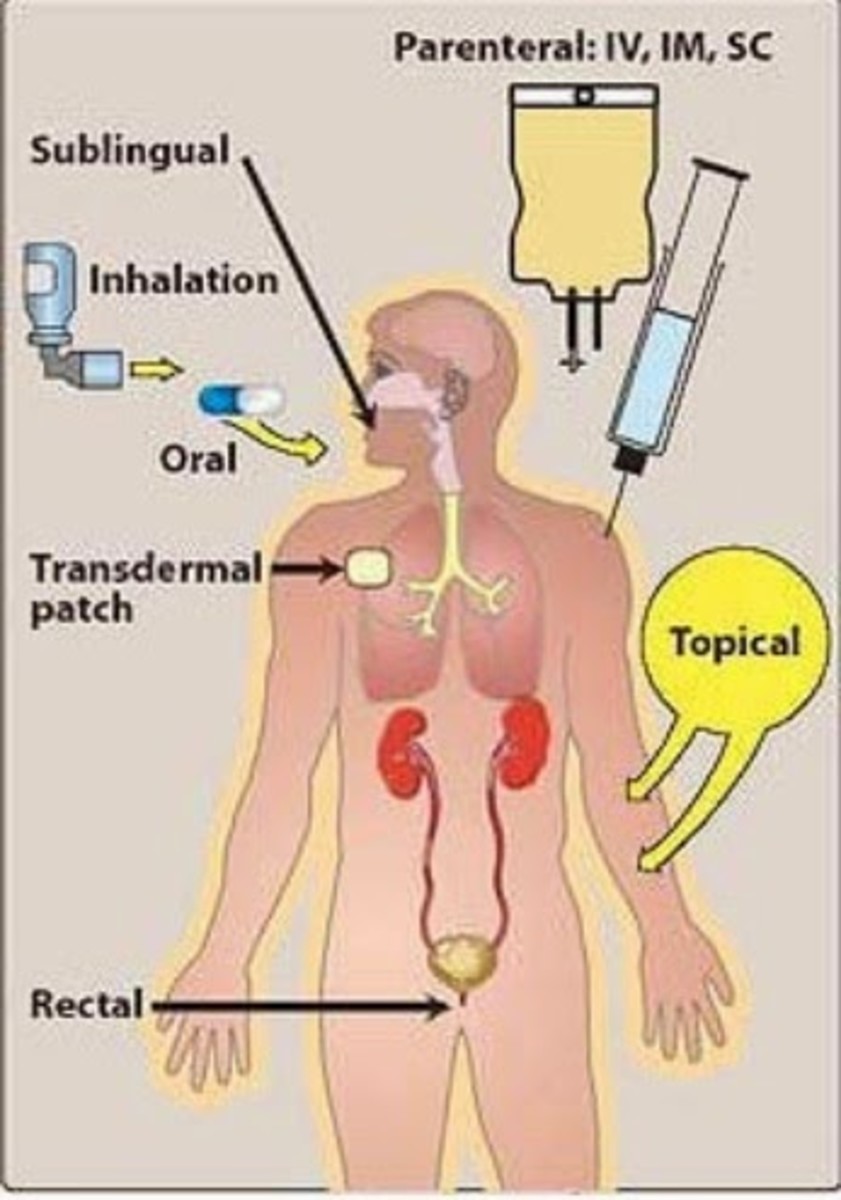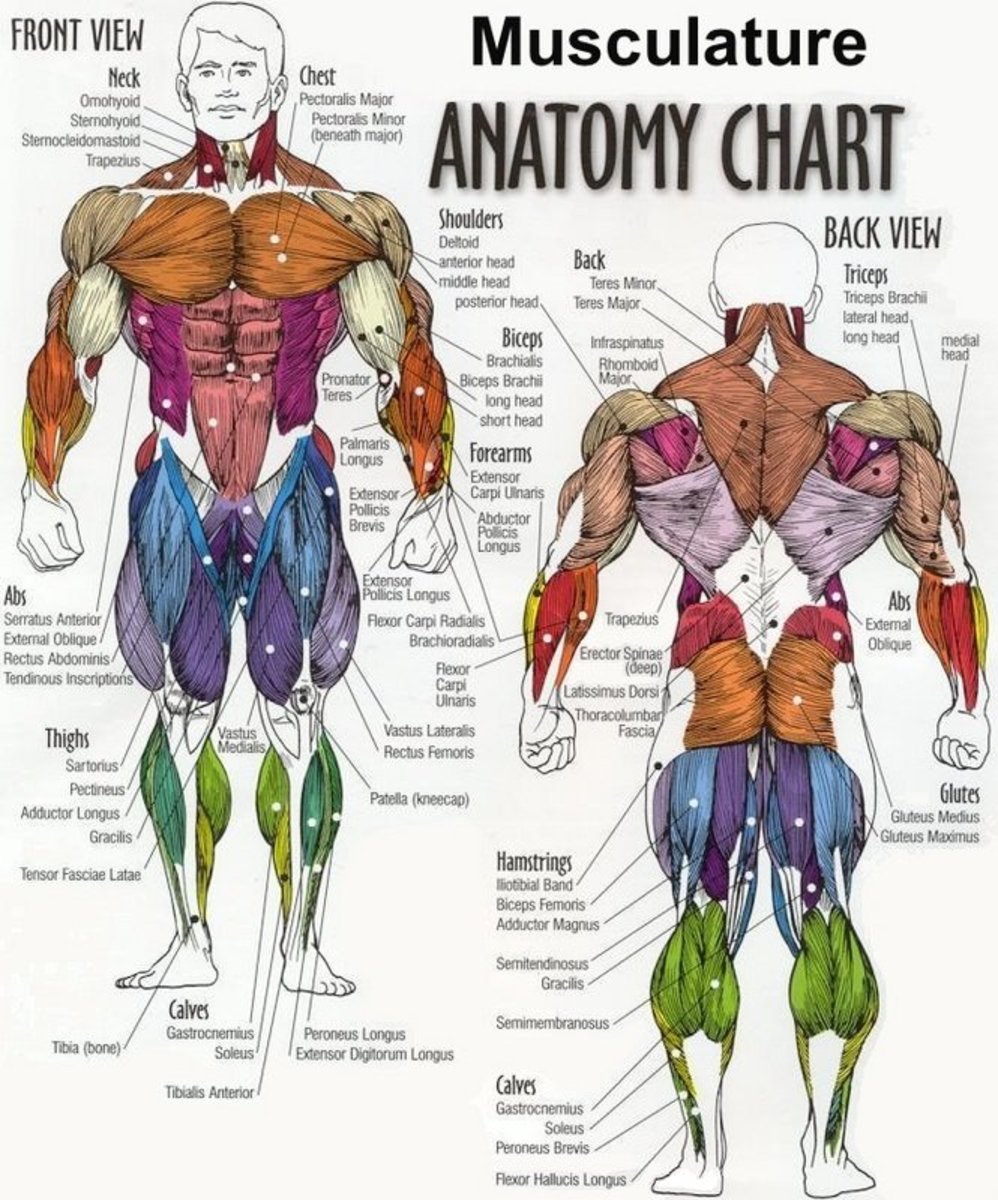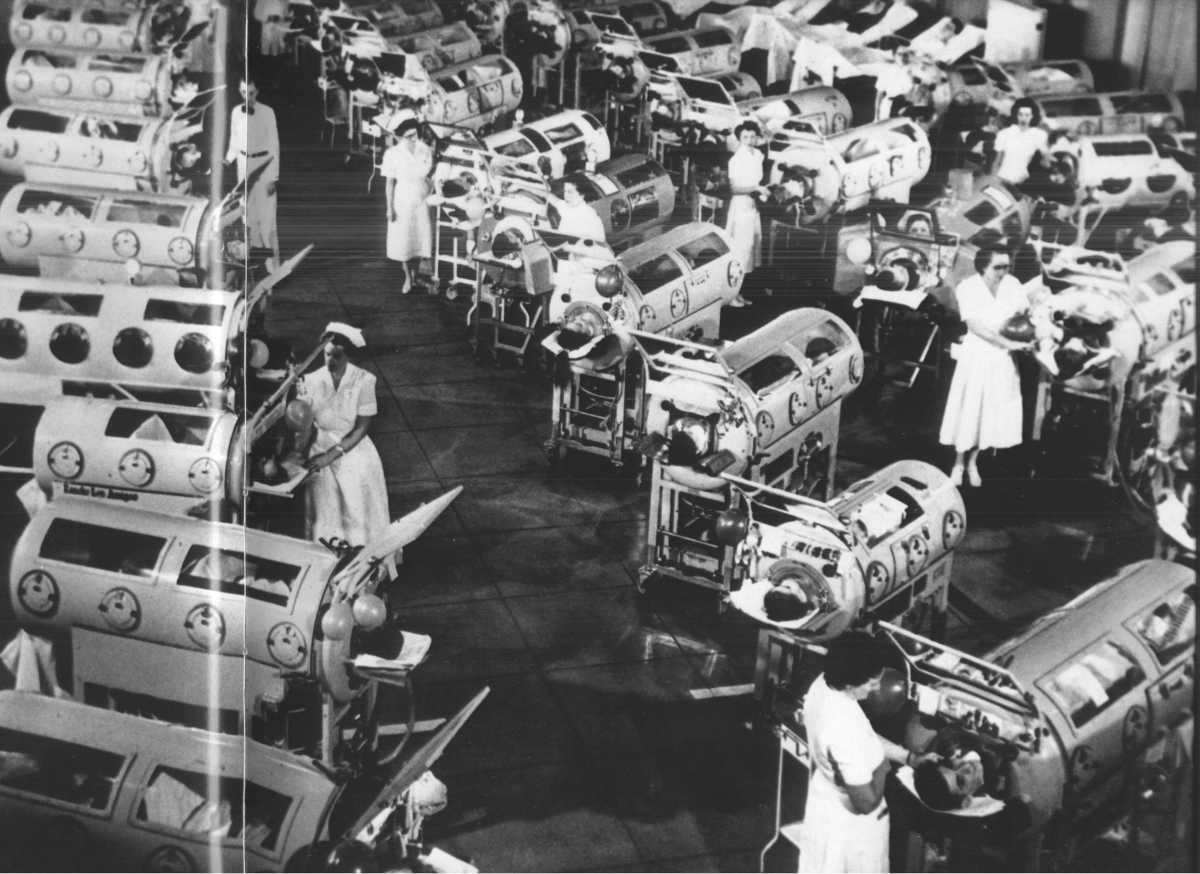Brain Freeze--What Causes It and More

The Icy Pain Of Death
You know the feeling, right? That sensation like someone just squeezed your throat and sliced through your head with a frozen chainsaw?
Then you can probably relate to the scene in the 1992 comedy "Encino Man" where a caveman (unfrozen in the modern age) played by Brendan Fraser, gulps several mouthfuls of slushed ice from a convenience store "slurpie" machine, experiencing his first brain freeze since the Ice Age.
If you drink a milkshake, a slushie beverage, or a cold soft drink too fast, or if you get a bit too greedy with the ice cream or sno-cone..you too can experience this brief but excruciating pain, (also known as cold-stimulus headache or ice cream headache).
Even though we know it hurts, and we know it is caused by cold, we always go back for more cold stuff. So what is the deal with brain freeze? Are our brains really freezing? Is it actually our throat that is frozen? Why does it last only a short time?
These questions have probably baffled man since he first drank too fast from an icy stream. Today, we have answers!
What A Mouthful!
The medical term for "brain freeze" is sphenopalatine ganglioneuralgia. Specifically, this means " nerve pain of the sphenopalatine ganglion".
So, What Causes Brain Freeze?
Obviously, eating or drinking something cold causes brain freeze! But that information isn't enough to satisfy the rabidly curious. For the sake of the rabidly curious, brain freeze is caused when the soft palate of the mouth comes in contact with something very cold.
The cold triggers the rapid dilation of surrounding blood vessels, in an attempt to increase blood flow to the area to warm it back up. When the pain receptors kick in, the trigeminal nerve is stimulated.
The trigeminal nerve then registers facial pain, which the brain interprets as "forehead pain" (talk about a glitchy system!) This is called "referred pain", because you feel the pain in a different location than where it occurs. (although you probably feel pain in your throat too).
The pain of brain freeze usually occurs ten or more seconds after you eat or drink something cold. The real problem is that ten seconds is plenty of time for you to have taken several bites of ice cream (if you are greedy) or several sips of a cold drink. So your brain could still be punishing you for something you ate several minutes ago, drawing that cold headache out for longer than the normal few minutes.
Ice Cream Headache
Have you ever suffered from Brain Freeze?
Brain Freeze Pain as Defense Mechanism
Nope. Not talking about my sister's favorite defense move on a video game. However, there is a move that has the same name, which might be what the video game lovers of the world think of when they hear the term.
Brain freeze is actually a way for your actual brain to defend itself. Because the brain is the most important organ in the human body, it needs protection from all the dumb stuff we humans do.
Since the brain also needs to maintain a consistent temperature, researchers believe that the vasodilation and increased blood-flow may the brain's way of making sure that it doesn't get too cold to function properly. It also sends out pain signals to warn you that it doesn't like what you are doing.
The polite thing to do is to listen you your brain. Your brain is boss over your body, and it really knows best sometimes.
Brain Freeze Trivia
- Only one-third of all people can get brain freeze
- People with migraines are more susceptible
- The first use of the word "ice cream" headache was in 1937
- The first use of the term "brain freeze" was in 1991
Brain Freeze and Migraine Research
Studies in the past have linked brain freeze and migraine pain, so researchers decided to delve deeper into this mystery in hopes of finding better relief for migraine sufferers. Because ice cream headaches are easy to induce, they are easier to monitor from start to finish than regular headaches.
By using an using an ultrasound to monitor blood flow activity to the brain during the test, experts were able to see that there was significant dilation and blood flow to the brain after the test subjects drank cold beverages. ( I hope those human guinea pigs were adequately compensated!) . The main vessel that attracted attention was the anterior cerebral artery.
This artery is located behind the eyes. When blood flow increased, it created the all-too-familiar ache across the forehead. They also noticed that the vessel quickly constricted (that's the opposite of dilation, for the rabidly curious) after a few seconds, instantly killing the pain.
Since the increased in blood builds up pressure in the brain, (which could be dangerous to the brain), it then shuts down the artery as soon as it it has raised the temperature to an acceptable level. Researchers are hoping to use this information as a way of creating medication that will either help prevent vessels from dilating, or to help them constrict faster, in cases of migraines. I'm not sure if that is a good thing or not...

How To Prevent Or Cure Brain Freeze
The good news is that your brain knows what it is doing, so eating ice cream is not life-threatening. However, it can still be painful.
Luckily there are ways to prevent a cold stimulus headache. First of all, slow down! How fast you eat or drink cold stuff is linked to the severity of brain freeze. Prevention is much easier than a cure, since a cold-stimulus headache happens fast and ends quickly.
Here are some ways to battle brain freeze:
- Warm your mouth. Taking a bite or drink of something warm can ease ease the agony. Be careful though. If you switch back and forth between hot and cold it can intensify your pain.
- Warm your food. You don't have to microwave your ice cream, but letting it melt a bit before you take a bite may help. You can also hold cold food and sips of liquid in the front of your mouth until they are slightly warmer.
- Eat carefully. Keep any cold food and liquids from touching the roof of your mouth when swallowing. If you can do that, you are amazing!
There are other home remedies for the dreaded brain freeze headache. Like the cures for hiccups, these may only work for certain individuals. If nothing else, they will take your attention off of your dilemma:
- Swallow warm air
- Press a finger to the roof of your mouth
- Plug your ears.
- Place your head between your knees
- Keep eating or drinking cold stuff until mouth adjusts to the temperature change. (careful though, this could trigger a real headache if you are prone to migraines.

What Have We Learned About Brain Freeze?
Let's review all this incredibly important information. What have we learned so far?
- Brain freeze isn't actually caused by your brain freezing, but rather by it warming itself up.
- The actual pain is caused by the dilation of the anterior cerebral artery.
- Pain is triggered by something cold touching the roof of the mouth.
Most importantly, you have learned that you can have your ice cream and eat it too. Just don't eat it too fast, or your brain may punish you.



